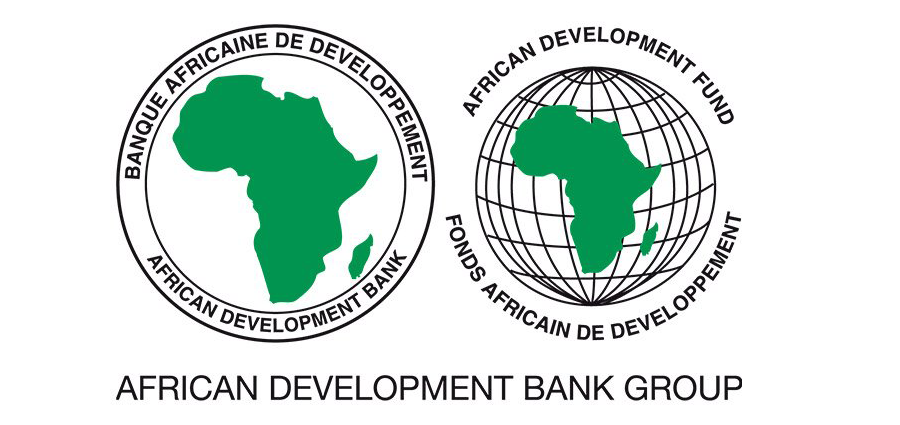SSATP Completes its Third Development Plan: A Wealth of Knowledge for Building Sustainable Transport Systems in Africa
With the beginning of the new year, SSATP marked the end of its Third Development Plan (DP3) spanning 2016-2021. Despite the numerous challenges and delays wrought by the COVID-19 pandemic, the SSATP team managed to successfully close the strategy cycle on December 31st and deliver on its mandate of facilitating the development of sound transport policies and related capacity building in Africa. The newly published DP3 Completion Report summarizes the main accomplishments over the last few years, which included:
- Bringing road safety to the continental level by contributing to the establishment of the Africa Road Safety Observatory (ARSO), which will provide African leaders with much-needed data, analysis and policy orientation to curb the growing problem of road crashes and serve as a platform for sharing good practices and advancing regional collaboration in road safety.
- Introducing big data to improve corridor performance in Eastern and Southern Africa.
- Strengthening the capacity of policymakers to maximize the economic benefits of port concessions.
- Increasing Africa’s capacity in urban transport regulation by supporting the establishment and strengthening of urban mobility authorities in Abidjan, Dakar, and Freetown.
- Developing guidelines to leverage digital technologies, including innovative fare collection systems, in public transport in Africa.
The completion report serves not only as a reporting tool for SSATP donors and stakeholders, but also as a comprehensive summary of the groundwork laid for African countries to build safe, integrated, and sustainable transport systems and the wealth of knowledge produced under the DP3. This includes the following key publications, among others:
Urban Mobility:
- Traffic Management for Sub-Saharan African Cities: The Way Forward: By Fatima Arroyo-Arroyo and Gladys Frame. This report explores how to establish important priorities in traffic management. It focuses on realistic options for traffic management policies and measures that can be used by local transport officials, international and national transport agencies, universities, and local entrepreneurs.
- Traffic Impact Assessment (TIA): Guideline for Cities in Africa: In partnership with the African Development Bank (AfDB), SSATP supported the development of a Traffic Impact Assessment Guideline. TIAs are crucial for determining the impact of new building and infrastructure developments on urban traffic, including the safety and efficiency of adjacent roads. This report is a concise, step by step, easy-to-use guide for undertaking TIAs in the continent’s growing urban centers. The study is based on widely adopted international practices that can be adapted fully or partially to the conditions experienced in any city. The main target group for these guidelines are: (i) local and national government agencies in Africa, (ii) private developers, (iii) planners, architects and engineers, and (iv) TIA consultants.
- Myths and Realities of “Informal” Public Transport in Developing Countries: Approaches for Improving the Sector: By Ajay Kumar, Sam Zimmerman, and Fatima Arroyo-Arroyo. Understanding the basic causes of the "formal" public transport system’s decline and the rise of informal public transport is essential before improvements can be identified. Because of its social, economic, and environmental importance, the main focus of this paper is on public transport in general, specifically its so-called “informal” aspects.
- Innovation in Fare Collection Systems for Public Transport in African Cities: By Fatima Arroyo-Arroyo, Philip van Ryneveld, Brendan Finn, Chantal Greenwood, and Justin Coetzee. This technical report on fare payment systems seeks to understand the emerging payment landscape in public transport in Sub-Saharan Africa. Based on the findings of case studies from five African cities—Cape Town, Kigali, Lagos, Maputo, and Nairobi—and India, the report identifies key emerging trends and their implications for fare payment in Africa.
- Summary and Transnational Reports: Urban Mobility in African Cities: Developing National Urban Mobility Policy and Delivering at the City Level: The reports offer a transnational view of the urban mobility and accessibility context in Africa and focus on the conditions necessary for the implementation of urban mobility policies based on good practices and lessons learned globally and in 12 pilot countries: Benin, Burkina Faso, Côte d’Ivoire, Ethiopia, Ghana, Guinea, Kenya, Mali, Nigeria, Rwanda, Senegal, and Togo.
Road Safety:
- Road Safety Strategies for African Cities: A Guide to Development: By Tawia Addo-Ashong and Martin Small. The purpose of this guidance document is to help city administrations in Africa develop strategies to address their road safety challenges in urban areas.
- Africa Status Report on Road Safety 2020: The status report summarizes the findings of the first original data collection effort for road safety on the African continent, reporting on the harmonized set of road safety indicators for 26 African countries. This African Road Safety Observatory (ARSO) initiative was led by SSATP with additional contributions from the WB, AfDB, GRSF, FIA, ITF and WHO.
- Road Safety Data in Africa: Developing Capacity for Data Collection: The report covers the process that was undertaken to develop a set of harmonized road safety indicators for African countries to collect and monitor. This process ultimately led to the establishment of ARSO.
- Road Safety Culture in Africa: Results from the ESRA2 Survey in 12 African Countries: In collaboration with Vias Institute and Groupe Renault, SSATP contributed to this report to better understand the reality of road safety on the ground in 12 African countries. The report collected and analyzed comparable data on road safety performance, in particular road safety culture and the behavior of road users. The ESRA (E-Survey of Road Users’ Attitudes) is a joint initiative of road safety institutes, research centers, public services, and private sponsors from all over the world. ESRA data is used as a basis for a large set of road safety indicators that provide scientific evidence for policy making at national and international levels.
Regional Integration:
- West and Central Africa Trucking Competitiveness: By Abel Bove, Olivier Hartmann, Aiga Stokenberga, Vincent Vesin, and Yaya Yedan. This SSATP working paper sheds light on trucking sector inefficiencies in the region and identifies key political economy challenges that have thus far prevented meaningful reforms. It surveys past analytical work on trucking sector reforms in the region, describes the current challenges and the opportunities going forward, presents an analytical framework to assess trucking sector reforms, with an emphasis on the political economy and feasibility of implementation, and offers practical recommendations for policy makers.
- Container Terminal Concession Guidelines: By Marc H Juhel. The guidelines provide strategic and practical advice to high-level government decision-makers and general managers of port authorities, in their endeavor to attract professional private sector partners to invest in and operate container terminal facilities.
As SSATP prepares to launch its Fourth Development Plan (DP4, 2022-2026), the Program will build on these achievements, continuing to address Africa’s regional integration, urban mobility, and road safety issues while extending the scope of work to mainstream climate resilience practices in road asset management. The DP4 will continue to support these priority thematic areas under the lens of decarbonization and digitalization with the aim of making Africa’s transport sector greener and more resilient.







